| Structure | Name/CAS No. | Articles |
|---|---|---|
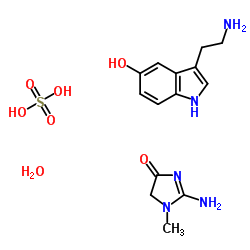 |
SEROTONIN CREATININE SULFATE MONOHYDRATE
CAS:61-47-2 |
|
![1,5,7-Triazabicyclo[4.4.0]dec-5-ene Structure](https://image.chemsrc.com/caspic/084/5807-14-7.png) |
1,5,7-Triazabicyclo[4.4.0]dec-5-ene
CAS:5807-14-7 |
|
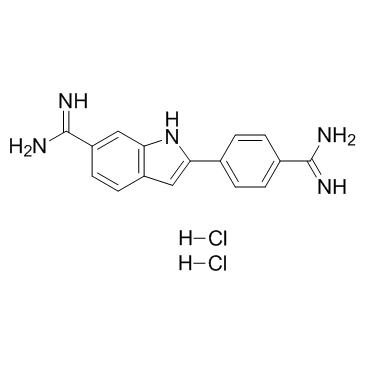 |
4',6-Diamidino-2-phenylindole dihydrochloride
CAS:28718-90-3 |
|
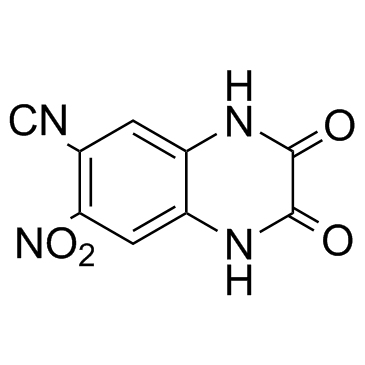 |
CNQX
CAS:115066-14-3 |
|
 |
Serotonin hydrogen maleate
CAS:18525-25-2 |
|
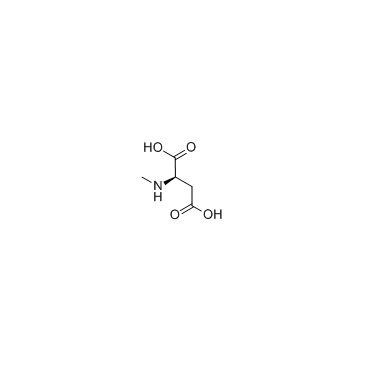 |
N-Methyl-D-aspartic acid
CAS:6384-92-5 |
|
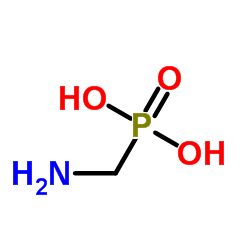 |
Aminomethylphosphonic acid
CAS:1066-51-9 |